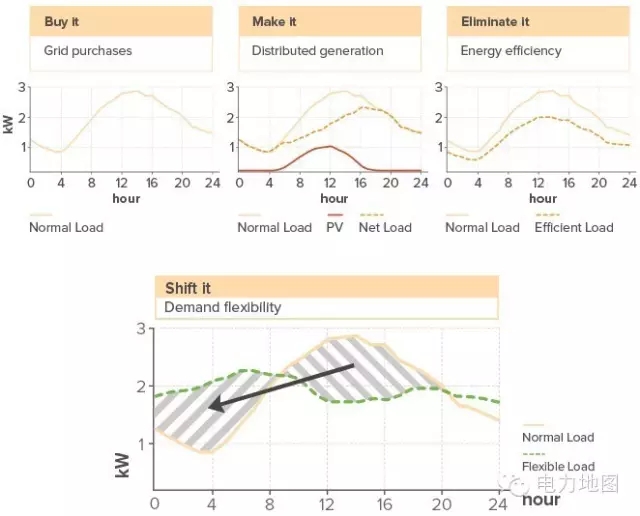Grid companies typically focus on power side solutions to satisfy peak demand, balance power load, and satisfy customer needs. The demand side is considered to be static, and it is necessary to build new grid lines to meet the load demand. But the grid is expensive to build. By 2030, the grid is expected to cost $1.5 trillion to build to meet expected generation, transmission and distribution needs, which would cost $5 billion to $8 billion a year.
A statement released by the Rocky Mountain Institute, "The Economics of Needing Elasticity," explains how using Internet skills like smart thermostats to control electrical equipment like air conditioners, dryers, water heaters and smart electric car chargers could reduce projected grid spending by 10-20%, collectively saving users 10-40% on their electricity bills.
This approach is called demand flexibility. It relies more on pricing and charges that change over time, such as electricity prices. There are 65 million residential customers in the United States today who are choosing devices that cost only a few hundred dollars to help users actively respond to these price signals. Participation requires response.
Just as' negawatt 'refers to saving electricity,' flexiwatts' is thought to be flexiwatt, a way of reducing cost. Just as the required "negative watts" are much cheaper than the supply watts, "required watts" is an increasingly economical solution to satisfy the capacity of the supply side.

The statement states that the "need watt" potential can be tested by quantifying the value of the grid and each customer in three ways: 1) reducing peak demand; 2) Handling load at low electricity price; 3) Combined with renewable power.
In 2014, PA Consulting assisted Hawaii Electric power in developing an integrated needs echo portfolio based on "need watts". Others, such as Federal Edison, Duke Power and Georgia Electric, have successfully implemented "need for flexibility" regulation.

